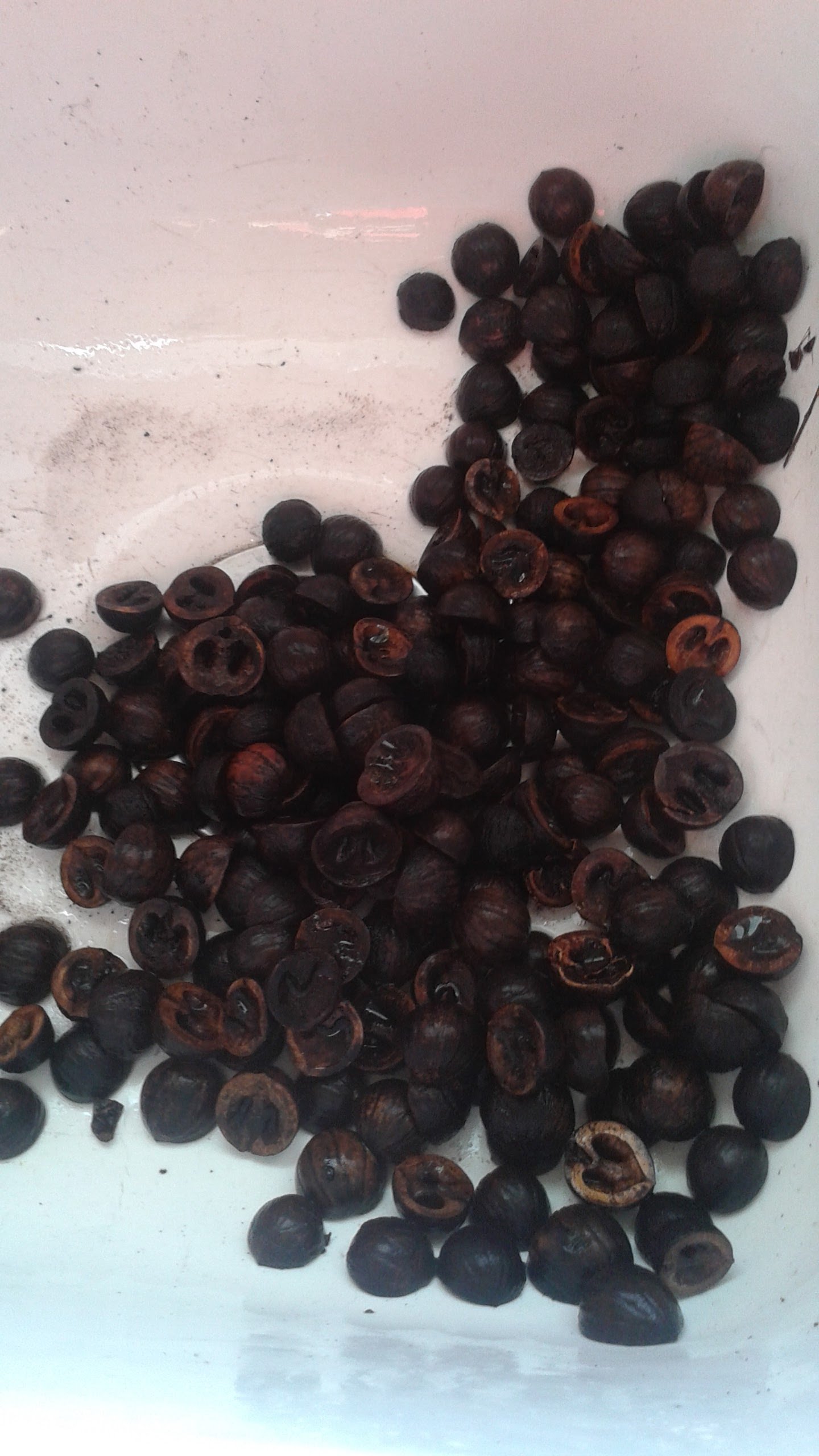
Who We Are
For the last decade, we have talked, imagined, and dreamed. Wouldn’t it be awesome if we could have our own space to come together?
A SPACE for us to share our stories with each other
A SPACE for us to learn and teach our traditional arts
A SPACE for us to learn and teach our language and assure that it will be spoken for generations
A SPACE for us to call our own
A SPACE to be…
Through all of this dreaming, talking and wishing, the time has finally come. What we have manifested in our minds and hearts, has been spoken into life! We can make our dreams come true and we can provide for our families and community the things we truly need to be happy, healthy and whole.
Our first step was asking ourselves, “What do we have to offer?” When asked, we stuttered a bit at the question, but when we asked each other to tell us what we have to offer, it was inspiring!
Cultural educators, every one of us. Historical knowledge, of people, families, land bases, waterways, our ocean, animals, plants, the list goes on.
Practical knowledge, how were things created, why, and how has that evolved and changed and also stayed the same.
Food knowledge, what was eaten before, what is eaten now, where can these items be found, how can we get that back into our lives, to not only nourish ourselves, but heal ourselves from the inside out.
Material cultural knowledge, how did we and how do we make the things we need from what is around us, can we do this without harm, is this sustainable, what can we do to make it sustainable and accessible.
Step two was asking, “What do we want to learn?” To begin to know what others may want to learn, we need to ask ourselves the same question. Living in this time and place when so much is changing means we want to learn about city laws and regulations, and while we’re at it, how about county regulations, don’t stop there, lets go big with State and Federal. What do you want to know?
We want to protect or lands from pollution and toxic chemicals, safely access more of our lands, gather our plants and medicines, sustainably fish in our oceans, cultivate our plots of land to grow the things we need.
Step three, “What do we want for the future?” We want to see our future thrive! We want our children to have access to clean lands and never know what it was like to be kept away. We want them to grow up hearing and speaking our language, so in their lifetime it will have always been there. We want our traditional foods and medicines to be the first resort for their health and nutrition. We want them to be confident and proud of their Chumash and Indigenous heritage, to have a SPACE to be together to do ceremony, and the SPACE to be together as people.
We want them to be able to carry on their traditional and cultural ways to share with their children. We also want to leave behind this organization to them so they will always have a place to work for their community, for their families, for their future generations, and for themselves.
Welcome to The SPACE
Su’nan - means “to continue” in the Šmuwič language of the Syuxtun area
Protection - of people, culture, knowledge, traditions, children, and so much more
Art - utilizing traditional and contemporary forms of art to express who we are
Cultural - educating our own people and the community at large
Education - about the history and heritage of our Chumash People & lands
“Every moment that we get to be together with our Indigenous brothers and sisters, from all over the world, is where we all get to talk about our histories and bring them back to life. We are not surviving. We are thriving. We did not come back. We have always been here.”
— Mia Lopez (Daily Nexus 3/6/21)
Our Goals for the Future
1. Cultural Education and Awareness:
Inform and educate surrounding communities about the rich history, traditions, and cultural heritage of the Chumash people.
Foster a deeper understanding and appreciation for indigenous culture, promoting cross-cultural dialogue and connection.
2. Traditional Craftsmanship and Skills:
Share traditional crafting skills, through art, dialogue and connection to our natural world.
Preserve and pass down knowledge and craftsmanship to future generations, ensuring the continuity of cultural practices.
3. Tribal Environmental Protection:
Utilize colonial laws and regulations to protect tribal lands, waters, and the environment.
Build indigenous capacity to advocate for the preservation and sustainable management of natural resources and ecosystems.
Raise awareness about the importance of environmental conservation within the indigenous community and beyond.
4. Community Engagement and Collaboration:
Engage and involve the local indigenous population, surrounding communities, and educational institutions in cultural education, arts, history, and environmental initiatives.
Foster partnerships and collaborations with like-minded organizations, government agencies, and community stakeholders to amplify the impact of your programs.
5. Youth Empowerment and Leadership Development:
Create opportunities for indigenous youth to develop confidence, knowledge, and leadership skills.
Equip them with the tools and resources to become future advocates for themselves, their culture, environmental protection or any other aspect they feel will help them succeed..
6. Long-Term Sustainability and Legacy
Develop strategies for the long-term financial sustainability of our organization, including fundraising, grant applications, and sponsorships.
Ensure the continuity of our programs and initiatives beyond the present generation, leaving a lasting legacy of historical and cultural preservation and environmental stewardship.
